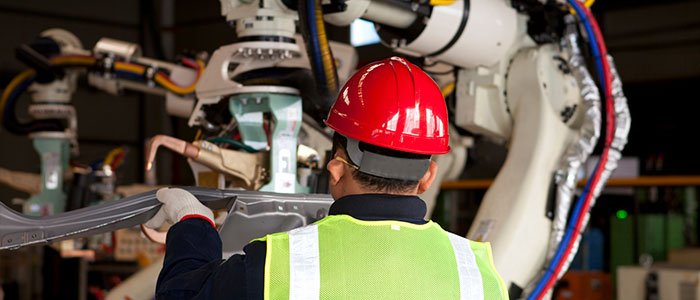Many of us may have experienced an injury or event in which we overexerted our bodies and felt or heard a “pop”—seemingly coming from inside the body. Have you ever wondered what that was? Intuition may tell us “that can’t be good”. But what is the real cause of this noise, and should we be concerned? There are approximately 350 joints, 640 muscles, and nearly 5,000 ligaments and tendons in the body. As you can imagine, with all those moving parts audible noises—often referred to as crepitus—are very common. Have you ever turned your neck to the side and heard or felt a crack? Likely yes. And was it painful? Likely no. Nearly every joint can make a noise like this. Noises can often be heard when musculoskeletal practitioners (physical therapists, chiropractor, osteopaths, MDs) perform joint manipulation. Many believe that the noise is indicative of the delivery of a better or more effective treatment. However, researchers have looked at the phenomena and found it doesn’t actually tell us much. So what is that pop? The majority of the time, a pop is just escaping gas. The popping sound is the change in pressure of the fluid in the joint. Natural pockets of gas form a bubble and, when “cracked”, the the bubble collapses—causing the sound. What about that clicking sound? If you have always had clicking joints, it is most likely due to lax joints. This is usually caused by improper body mechanics. Strengthening the joints, improving posture and implementing proper body mechanics throughout your daily routine will help reduce the clicks. Sometimes popping correlates with an injury, such as an Achilles tear or biceps tendon. Those tend to be obvious and dramatic in their presentation. However most of the “popping” we experience as human beings is benign and quite normal.
I Heard a Pop





